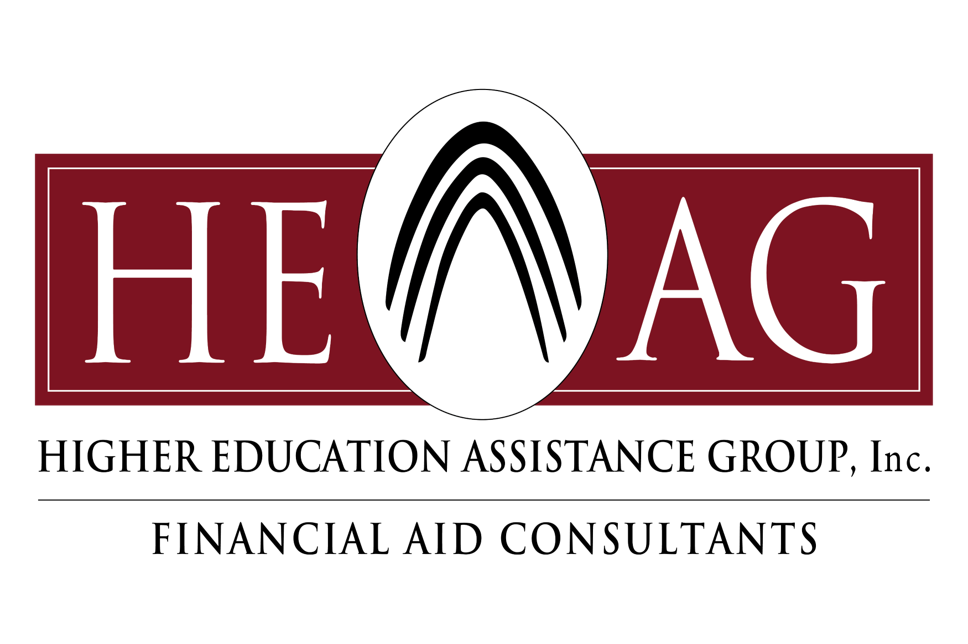Posted: February 20, 2015
Harvard began the trend six years ago when it started a program for accepted freshmen whose families made less than $65,000 per year, announcing that tuition for this set of students would be fully covered by the university. These newly imposed need-based scholarship programs trickled out to other elite universities, then to the middle-tier private colleges – and now, states are upping the ante when it comes to attracting families whose incomes fall below the $150,000 threshold.
In the 2013-14 budget year, the California legislature approved a new initiative to attract students to the California state system of schools, setting aside $107 million in the first year of the new program. It will be phased in over the next four years and could impact as many as 100,000 students. The maximum award will increase each year up until 2017-18, by which time about 40% of the aid needed to cover the state’s mandatory student fees will be provided.
This is all being done as the burden of paying for college continues to increase for students in the form of additional student loans, especially for the middle class – a group that has been hit particularly hard by increasing tuition costs, which far exceed the rise in inflation over the past decade. Analysis of the figures shows that if a student applies for and receives an award from the new California scholarship program, it could cut his/her overall loan debt by the time of graduation by up to $6,000.
Watch for more states to follow California’s lead as they look to increase the amount of middle-income students in the state’s education systems rather than losing them to higher-priced, private institutions – which may offer up more institutional aid because of large endowments, resulting in a lower final cost to attend. The program is not without criticism, as the state decided that in order to offset the cost of funding it would need to increase out-of-state tuition for students coming into California by as much as $4,000. Ultimately, for states to run a program to attract more in-state, middle-income students, the added revenue will need to come either directly from taxpayers in the form of tax increases, or from the likes of students who may want to attend a public institution not located in their home state.




